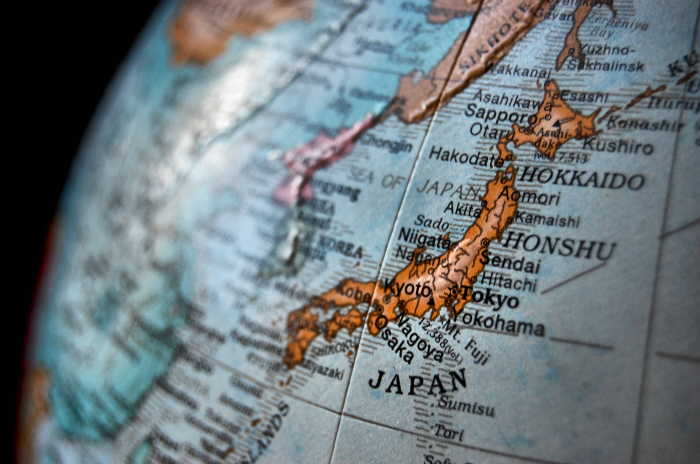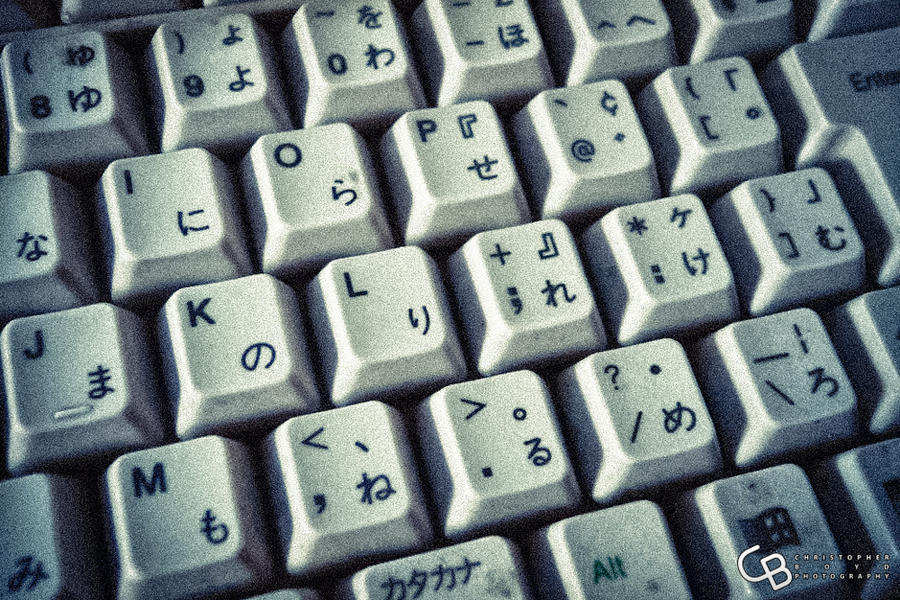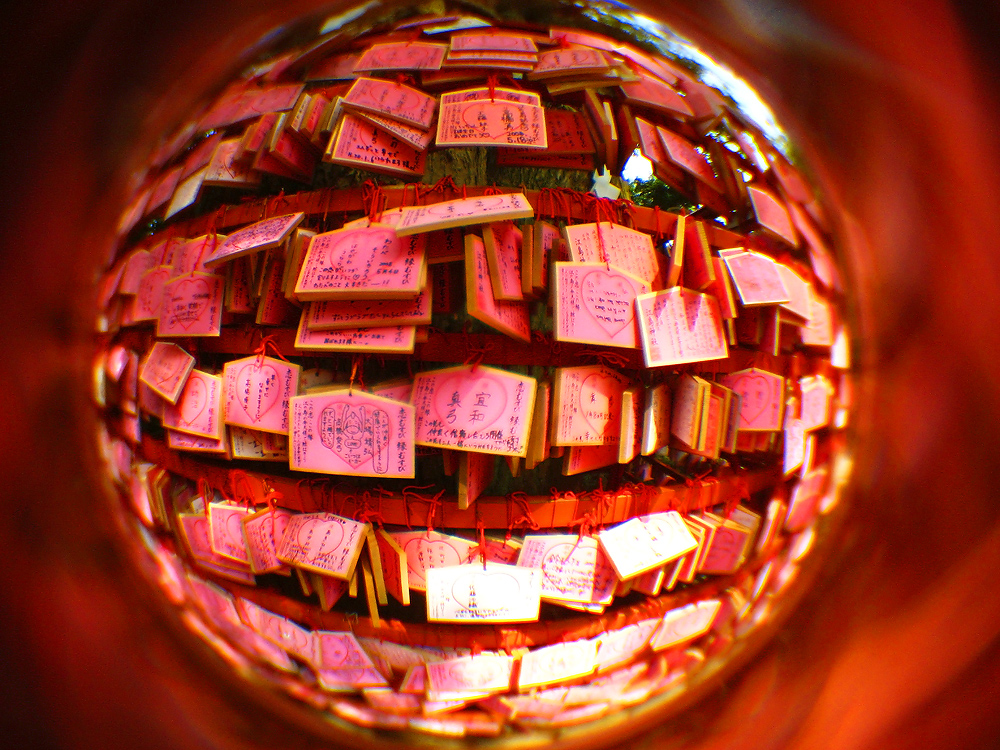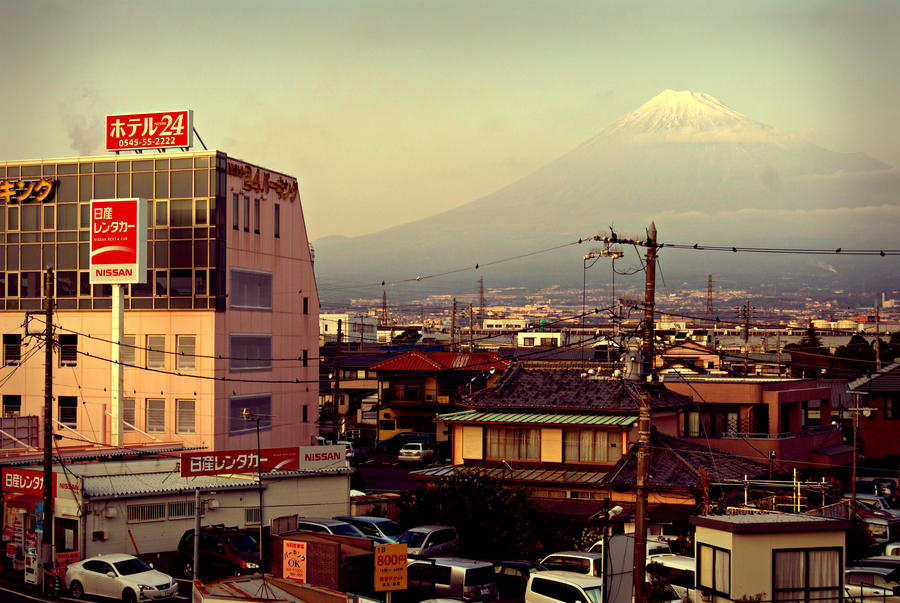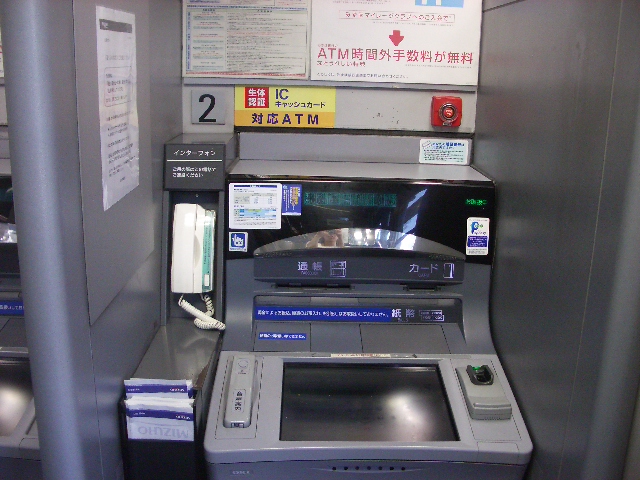Without
further ado, here is the second part of things which may surprise in Japan. (No pictures, because my laptop refused to work and the library computer refuses to upload the pictures up).
6. Prices
Although we all know that Japan is expensive, looking
at the prices from a very general point of view and comparing just the prices
doesn’t tell us much. I don’t know what is the national minimum wage here, so I
can’t compare against that, but even without that it is fairly easy to see that
the prices thing is not so straightforward nor black and white. It’d be easiest
to say that some things here are cheap and some are expensive. Wow, what a
discovery, I know, but hear me out. On the one hand we have stuff like food.
Buying fruit and veg in Japan is very pricey: one apple in a supermarket costs
Y158 (about £0.90) and I saw some in the market for Y800 for just one apple (£4.65)!
But on the other hand it’s perfectly possible to have about Y500-600 in your
pocket (£3-3.50) and have a filling meal during lunchtime – one that’s not some
typical fast-food crap, mind you! There are plenty of chain restaurants
offering good Japanese food for cheap, which does leave you feeling full.
Prices of alcohol and cigarettes are definitely lower than in the UK (a pack of
Marlboro will set you back Y460, that’s about £2.60, with alcohols it sort of
depends on what you go for, but it’s still cheap). And then we have the things
that are definitely expensive: the famous Japanese electronics on sale costs
roughly as much, as it usually does in the UK (possible exception: sex toys);
if you’re not in a metropolis, public transport is relatively pricey; little
pleasures like, for example, going to the cinema need to be planned in advance
(I think all cinemas here have so called Ladies’/Men’s Days, where people of
said gender pay less – which, when you add the cost of getting there and possible
snacks, it’s at best just as much as in the UK, probably a little more). I don’t
know what rules dictate prices here, all I know is, almost like a mantra, that
Japan is the opposite of the UK: UK has high VAT (18%) and low prices, whereas
Japan – low VAT (8%) and high prices.
7. Quality of
service
I mentioned a little of that in my first entry after
getting to Japan, when the train conductor was bowing to passengers when he was
passing through the cart, but it’s not limited to this only. I really enjoy
shopping or eating out in Japan, because then I feel appreciated as a customer.
Of course, a lot of this experience is made of memorized phrases, which are
more of a background noise than people honestly being polite to customers, but
I am yet to find anyone, a waiter or a cashier, who would, for example,
obviously hate their job (which I have found quite a few times in Europe).
Cashiers in the supermarket put my shopping in the basket in such a way, that
if I had a car and could take this shopping basket home with me, I could
literally put it in the boot as it is – and if I have too much shopping, they
help me carry it to the station where I can pack it all into plastic bags in my
own time. Waiters, and sometimes even the chefs, are bowing deeply and
apologise heartily, as if they just killed a little bird or something, that one
of the things I ordered is going to be a little late, and then bring me some
extra as further apologies (this one’s an adventure from my previous stay, but
I still remember it very clearly). Assistants in electronics or clothes shops
who seem to be waiting until you want to try something (a dress or a massage
chair, doesn’t matter), but in a polite and unobtrusive way. A lady in the bank
who gets the entire branch on their feet, because she needs a folder with
copies of pound notes for reference, to see if I brought any that can’t be
exchanged and make the transaction smooth. Always with a smile and always with
a bow. Leaving tips in Japan is considered almost rude, that’s how much they
care about their customer service and how obvious a duty doing your job
properly seems to them. Sure, sometimes I miss the more personal “How are you,
love?” from the UK instead of the formal “Omatase shimashita” (お待たせしました, literally „I have made you
wait”, but in human speak: “sorry to have kept you waiting”), but this doesn’t
change the fact that even when I go to a konbini for a little something, I am
treated as if I was somewhere posh.
8. Lipton Ice
Tea and Fanta
In my case it’s more Lipton Ice Teas than Fanta, but new
flavours of both constantly surprise me and whenever I see one, I try to give
it a go. Red grape Fanta or Lipton Apple Ice tea are almost a classic, but it
doesn’t end there. From green apple, white grape or pear Fantas (this last one
was really nice!) to apple and pear, green tea and white grape or golden kiwi Lipton
Ice Teas (this last one wasn’t for me), nevermind some seasonal flavours like
sakura (well, not Lipton, but shh!), if you like fruit flavoured drinks,
carbonated or iced teas, then Japan will probably offer you the biggest choice
of flavours. And while I’m here, a friend of mine recently helped me to
discover why I like Lipton Apple Ice Tea so much – because here you actually
taste the tea, not just the fruit and the sweeteners. And those who know me are
well aware that I take my tea very often and in almost any form possible!
9. Clean streets
It must be stressed that I don’t mean clean streets on
their own – you can find those in many places around the world and it’s nothing
weird or surprising. But how come Japanese streets are this clean when there
are so few rubbish bins to be found?!
Finding a rubbish bin is almost an achievement, although after a few months one
quickly learns which places are the usual suspects for finding one (the answer
is: in konbinis, next to vending machines and on train stations). On the
surface those bins require us to recycle and separate everything from
everything, inside there’s a different story, but the fact is that the rubbish
ends up there and not on the streets. I guess that this has a lot to do with
the policy of deterrence that the Japanese use, I haven’t actually double
checked this, but severe punishments for small offences are common in Japan in
general. At the same time – Oxford, for example, also has high fines for
littering, but somehow it doesn’t end up as neat as it does in Japan (or maybe
it only seems to me this way). So what is it actually all about? What is the
secret to those clean, yet binless streets?
10. Normality
At this point I am not so surprised by it, after all,
both stays included, I’ve lived here for a total of almost a year (seven months
now and four last time), but I still have moments when I forget about that and
discover this normality once more. Yes, it is perfectly possible to be and live
in Japan, and constantly be surprised by something, not understand something,
not know something. But everyone who ever came here very quickly realizes that
Japan they know from the media – the Internet, comic books, films – or stories
(mainly weird ones) is not the real Japan. Sure, you can find some of that
Japan too, but it doesn’t take long to discover that all those “Japan be weird”
stories only have a tiny bit of truth on them, and the truly surprising things
are those we’d never expect to be surprised by. Whether in Tokyo or in Kanazawa,
you can easily see that Japan and the Japanese are not some weirdos to be
locked up in a circus and exposed for people to gawk at – this is a country
where normal people lead normal lives in normal places, even if sometimes their
thinking is different from ours or if they have everyday comforts that are
unthinkable to us (like heated toilet seats or thousands of vending machines on
every corner). It’s very hard to take a picture of this normal Japan which
shows its normality to someone who’s never been here – for people like that
even a small hill or a house may seem different, and even if they don’t, there’s
this elusive something which sneaks in to those photos and makes it so that we
see something slightly different there. And that’s why, if you ever meet
someone who has been to Japan, maybe even lived and studied/worked there, don’t
expect them to start a waterfall of all those Internet or newspaper-like „Japan
be weird” stories. Just remember that this person didn’t go to a circus or a
parade of weirdos, but to a country which is simply so far away from their own
home that differences strike you more than similarities.
So far the list ends here, yet it’s not because I lack
more material. I simply don’t want to have to find too many examples and ten
more may be too many. Or the next ten would be more destroying myths and
stereotypes that people who never went to Japan hold, rather than things that I
find truly surprising.








